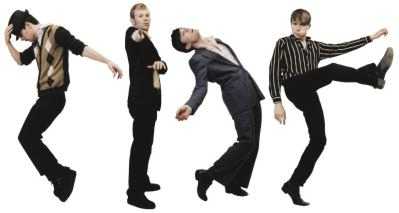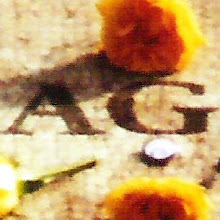Hello,
This is the first post of my Weblog! Hurray!... I've not done one of these before and don't really like to keep journals, so this may be very bad. Just warning you straight up.
So Weimar Culture eh? Where shall I start?
I guess my first post can be about photomontage because I find it rather interesting. The style of photomontage captures me instantly, it reminds me of a kind of
Where's Waldo? picture except I'm not looking for a person, I'm looking for a
meaning. This style of artwork employed by the Berlin Dada school used various different montaged pictures to bring forth a meaning. From most of the photomontage artwork that I have seen, the meaning is usually in reference with the time period and the social events happening. Some of this meaning is lost to me because I am no history buff and do not know what it must have been like for the artists of Germany to live at that time. The meaning that
is apparent to me in these works, however, stand out like a sore thumb. Although these pieces of art contain periodical messages, they also seem to contain messages suitable for every generation. There are photos talking against tyrrannical governments and totalitarian leaders (like the first image we viewed in class on the 22nd of October) or the new change in women's role and the oncoming of equality of the sexes (like the second photomontage image we viewed in that same class).
This brings me to a modern use of photomontage that I have come to know. There is a band I listen to called Franz Ferdinand. They are from Glasgow, however they have become very interested in the art styles of the Weimar period. They are an alternative band, however they have an older feel to them. The name itself implies that they are sticking with the old (Franz Ferdinand being the Archduke who was assassinated and started the First World War). The most interesting fact about them, however, and the reason I am talking about them, is that in their videos they incorporate the artforms from the Weimar period.
In their big American debut single "Take Me Out", they employ the use of photomontage as the style of the video. They wanted to make their video something people would think about. There are parts in the video, inspired by "The Mechanical Man" by Otto Umbehr, where the band members are mechanical bodies with only their heads. There are also other mechanical people in the video, and they all move in the similar beat of the song. This is to represent repitition. When I studied the video, I thought of it as how music videos, once they are produced, are just a mechanical thing and do not need the band members to reproduce it live anymore because it is taped. The band's part, therefore, is very minimal in music videos. After reading up on the making of this video, I found out that Franz Ferdinand wanted to represent repitition as a good thing. They believe repitition should be something that artists strive for because if it is really good then people will want to see it more and more. There is also, in this video, a lot of battles between "Franz" and the "Anti-Franz", and it seems to be a basis for the rythem. If you would like to read up more on this, the article can be found at
Into the Storm.

I really encourage everyone to check out Franz Ferdinand, even if it is not your style of music. Their videos can be seen at their
webpage. They do have a new video called "This Fire", it is in the same style as "Take me Out" however it is not up on their webpage yet.




